Pine is a popular sappy softwood that is useful in the construction and furniture industries. But is Pine a good firewood?
Let’s find out more about that from this pine firewood guide.
What is Pine Firewood?
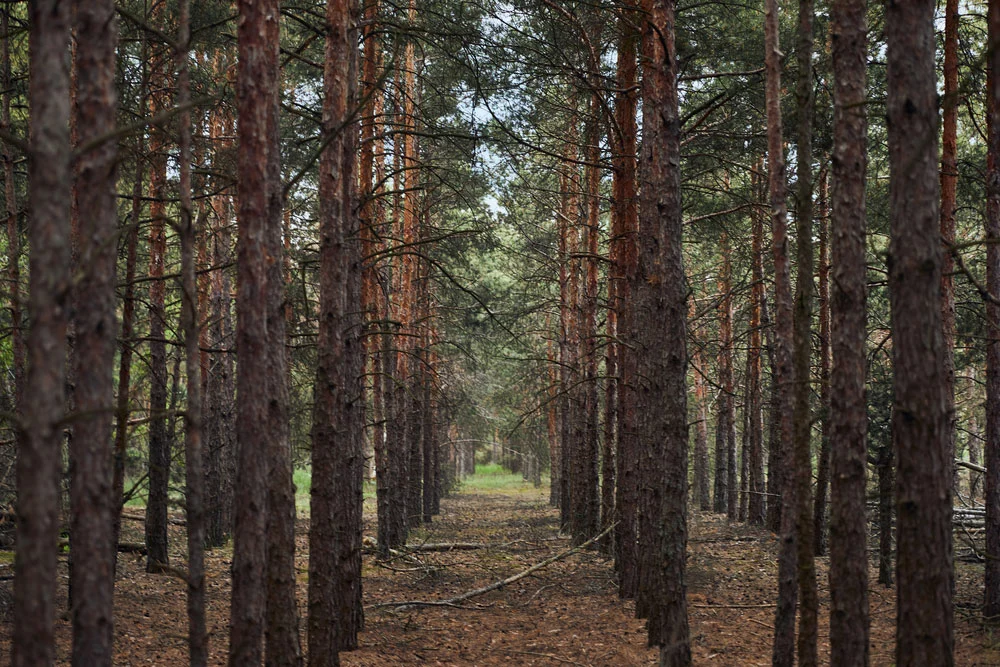
Forest with tall Pine textured trees in rows.
Pine firewood is renowned for its high resin content, making it ideal for kindling and outdoor fires.
Nonetheless, it’s arguably one of the low-ranking firewood trees, as it burns fast and doesn’t make enough coals.
Pine firewood also emits massive smoke while burning and has a relatively high creosote build-up. Therefore, it is unsuitable for a fireplace or wood stove use. But it is among the best trees for kindling, so it is not a useless firewood tree.
Burn Qualities of Pine Firewood

Landscape with forest with pine trees.
Below is an elaborate analysis of Pine for firewood and its respective features.
a.) Heat Production
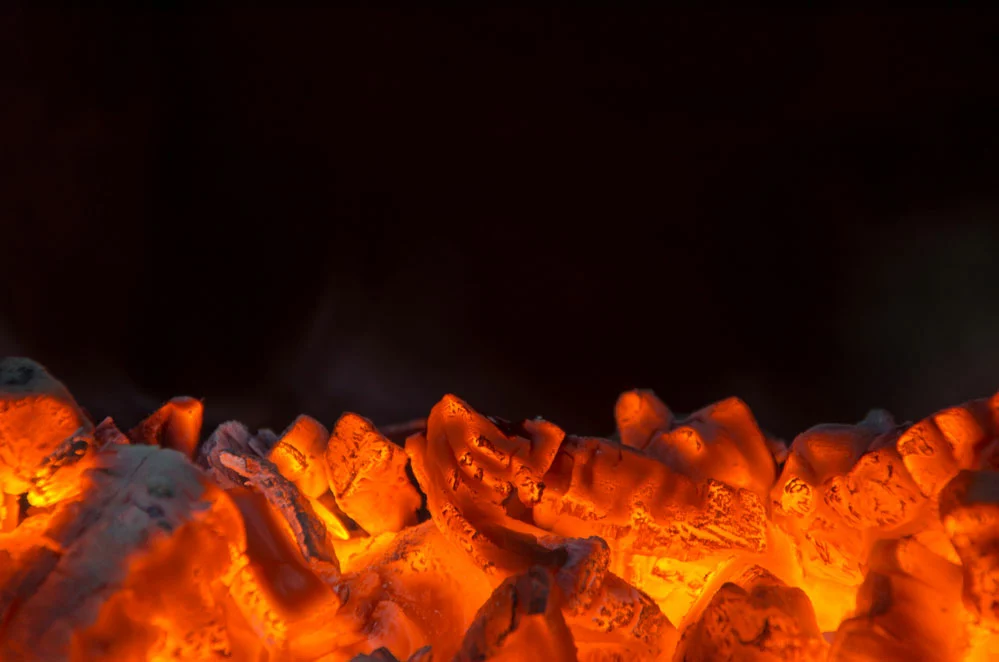
Hot coals in the fire.
There are many pine tree varieties, and the southern yellow Pine will yield the highest BTU output at 21.1 million, which is relatively way below top firewood trees like Ash and Oak.
Additionally, White Pine’s value is much lower at 15.9 million BTUs. So how does that compare to other firewood trees?
Pine is in the lower tier of firewood trees based on the heat production criteria.
Again, remember your pine firewood will give such an output only if you dry it to below 20% of its total moisture content. In addition, Pine burns so fast that it’s not fit for a cooking fire.
However, it’s ideal for outdoor camping when you intend the fire to go out fast.
b.) Smoke Production
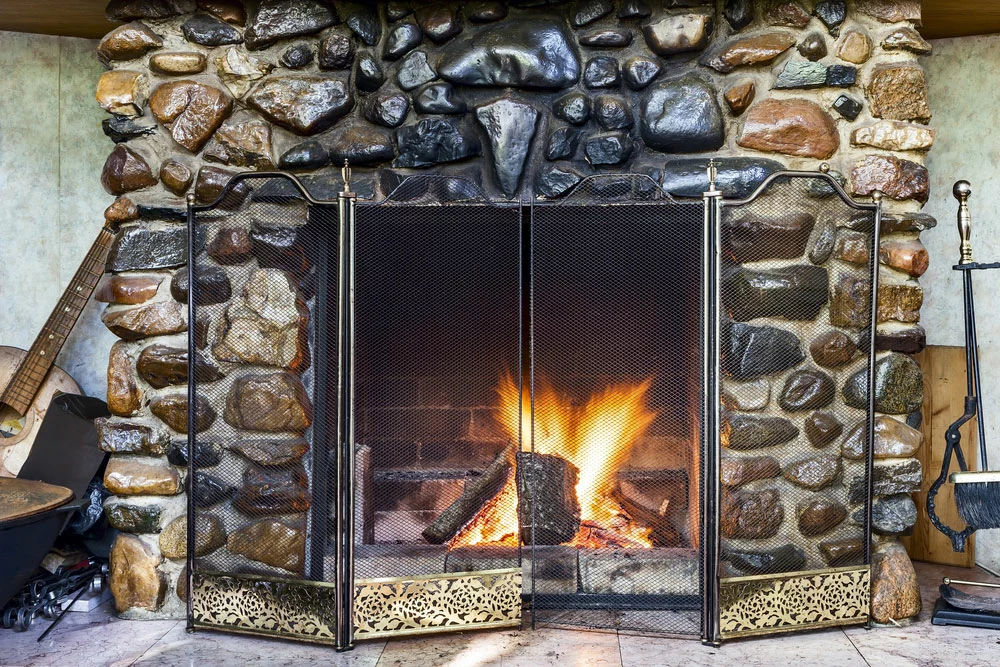
Pine firewood is not ideal for an indoor fireplace.
Pinewood will produce a lot of smoke, so you should avoid burning it without other firewood.
c.) Seasoning Time
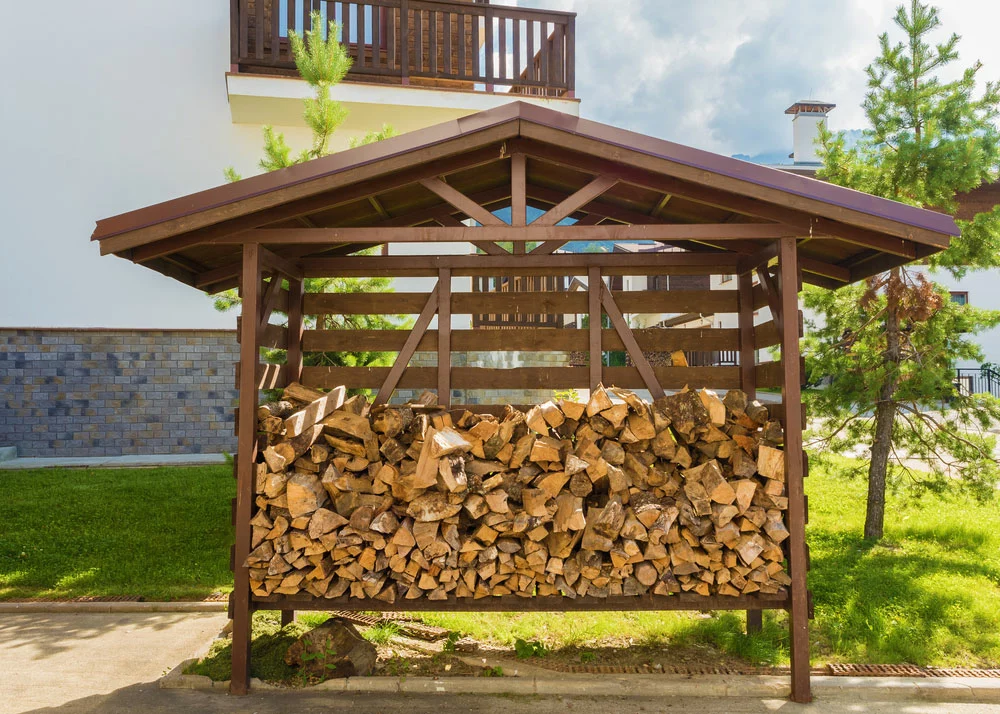
Stacks of firewood.
Like most firewood trees, Pine will require quite a long period to dry thoroughly- between 6 to 12 months. But you can season it for longer if you want your firewood to burn quickly.
Also, compared to hardwood firewood, Pine will take shorter to dry thoroughly.
d.) Burning Smell
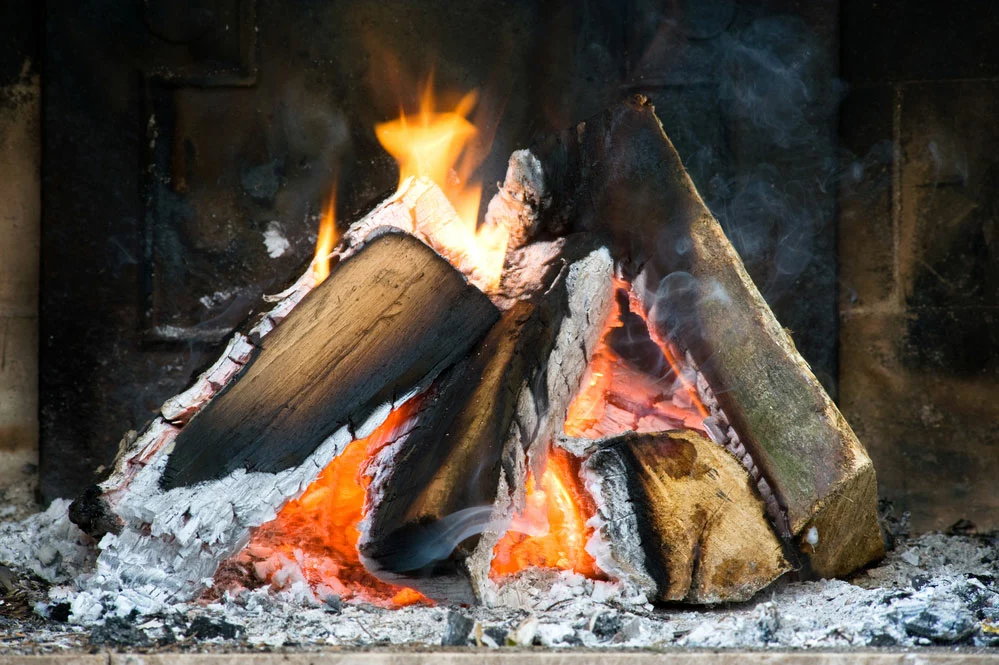
Pine burns.
Many people like pine firewood for outdoor fires primarily because of its sweet aroma while burning. But, it would be best if you refrained from using pine firewood in smoking food due to its relatively high smoke content.
Remember that Pine is not suitable for an indoor fire. But you can introduce the sweet pine odor to your fire by putting dry pine needles on your indoor fire.
Also, a mixture of wax and dry pine needles in a silicon mound will make a fantastic firestarter.
e.) Creosote Buildup.

Pine firewood gives heavy smoke.
Any firewood can produce creosote. However, it is more prominent with softwood firewood such as Pine. It has a high resin content, thus not ideal for indoor burning, especially if you haven’t fully seasoned it.
f.) Sparks
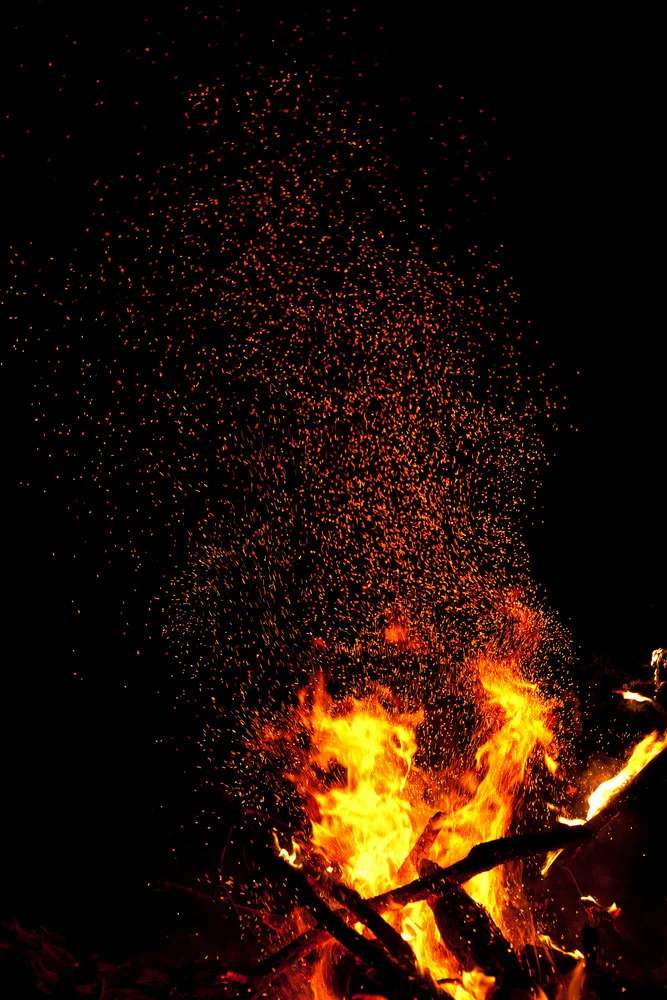
Pine firewood sparks.
Pine firewood will produce a low amount of spark, but it is likely to spark more if not well seasoned. And You’ll also experience crackling and popping when burning Pine.
So You can also consider installing a glass screen on the fire pit’s open end to prevent the sparks from reaching you.
g.) Splitting.

Pine firewood splits easily.
Like most softwood firewoods, pine firewood is very easy to split. But again, pine firewood has a high sap content, so you’ll likely have a sticky substance on the axe.
Different Types of Pine Firewood
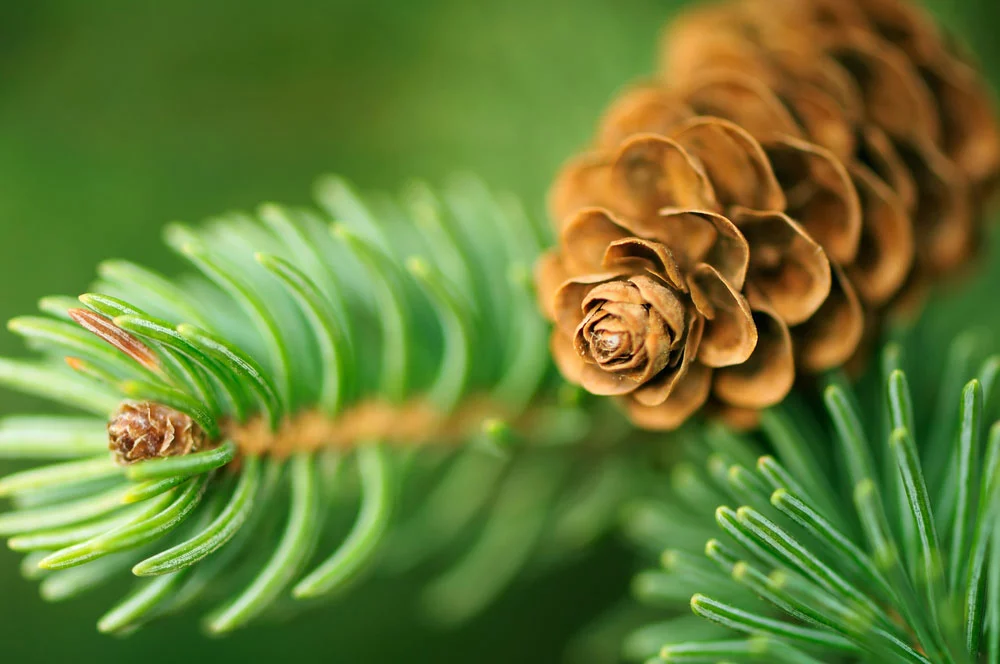
A Pine cone and branches.
You can quickly tell a pine tree from its needle-like leaves.
The pines will also drop at some point, although pines are evergreen trees that grow best in acidic soils.
Also, we have numerous pine tree varieties that include the following:
Eastern White Pine
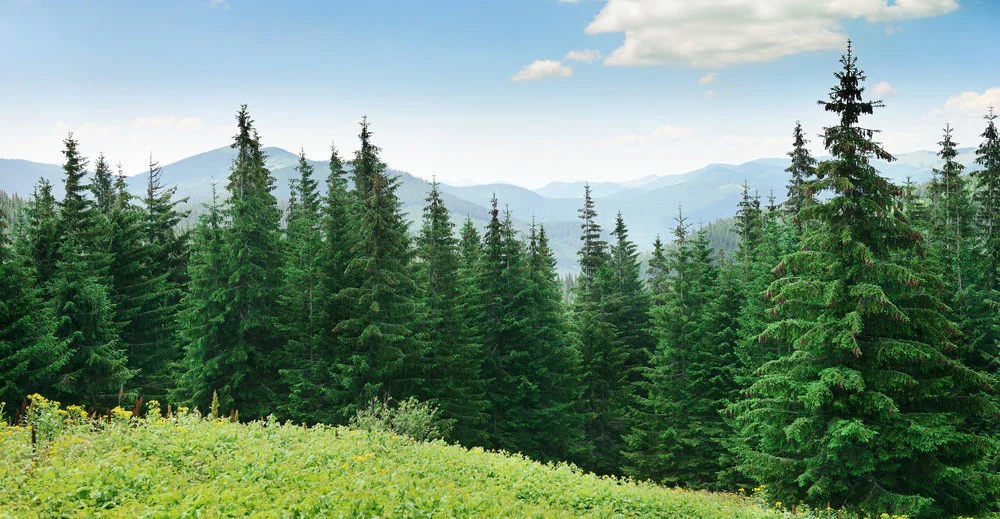
A pine trees plantation.
It’s among the fastest-growing pine trees, producing cones that grow up to 6 inches. Also, the tree can reach 230 feet in height at full maturity, ranking it among the tallest pine tree varieties.
You can also identify the Eastern White Pine from its bluish-green needles that arrange in a small clustered formation. In addition, an Eastern White Pine will have about five needles per cluster.
Ponderosa Pine (Pinus ponderosa)
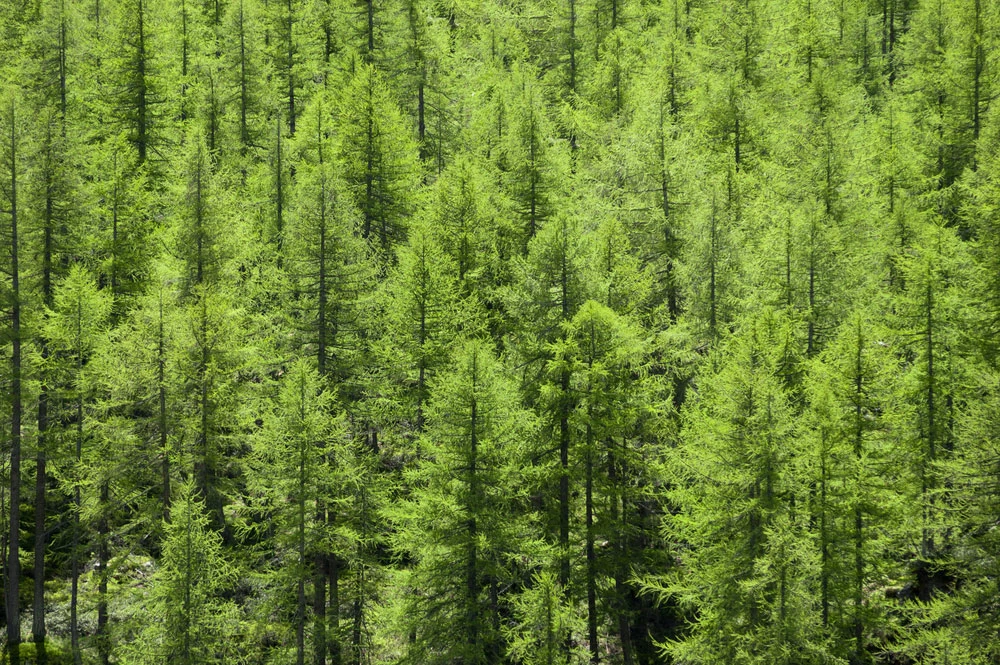
Coniferous Pine Trees.
Other names of this variety include the BlackJack Pine, Western Yellow Pine, and Bull Pine. It is the pine variety that finds widespread use in the lumber industry.
In addition, like the Eastern White variety, it can also grow very tall.
You can identify the Ponderosa Pine from its orange-red bark that also features black marks.
Lodgepole Pine (Pinus contorta)
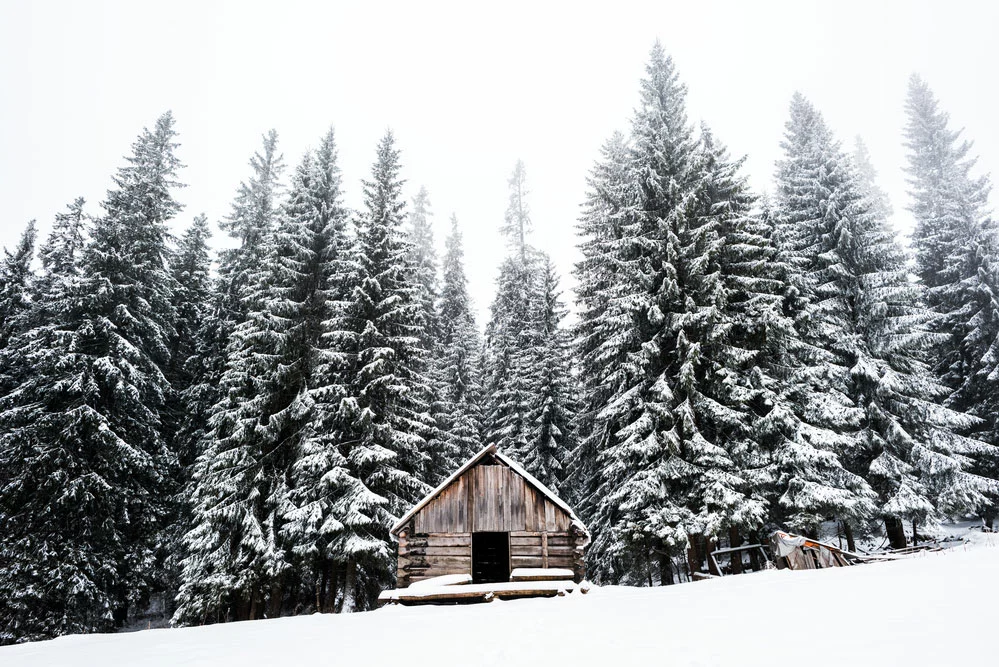
Pine Trees in the winter.
Its most suitable ecological zones include cold mountainous areas and high-altitude areas. But, you can still find it in coastal zones as the tree is adaptable to any environment. But their growing habitat can affect the pines’ height. Therefore some are tall and slender, while others are short and grow like shrubs.
In summer, you can quickly tell this Pine from others via its glossy and dark green leaves. However, their color changes during winter to bright yellow-green.
Other renowned pine species include the following:
- Slash Pine
- Jack Pine
- Longleaf Pine
- Red Pine
- Shortleaf Pine
- Sugar Pine
- Western White Pine
- Loblolly Pine,
- Pitch Pine.
How to Identify Pine Firewood
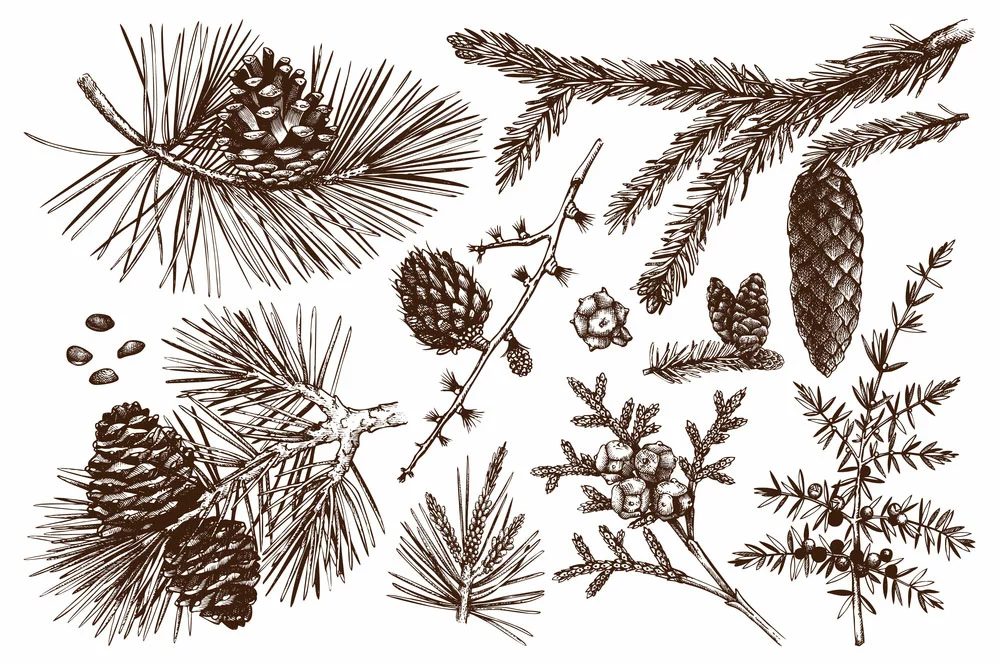
Unique parts of a pine tree.
Here are the main ways to tell pine firewood from other tree species.
By its leaves.
Pine features unique needle-like leaves that stem from a bundle of two to five leaves.
Also, you can tell the longleaf pine from other pine species by its long needles measuring up to 18 inches.
But the foxtail pine has very short needles compared to all the other varieties.
By its bark.
All pines will have a grey scale-like bark, although it is reddish-brown in some.
The bark is also unique for the rectangular pattern of its scales.
By touch.
If you touch pine firewood, you’ll realize it’s highly sappy. While all trees will have varying degrees of sap, it’s highly concentrated for Pine. Thus, pine sap is too sticky.
Comparison to Other Woods
| Firewood Tree | Heat Output in BTUs | Ease of Splitting | Coals Quality | Overall Firewood Quality |
| Green Ash | 20.0 | Easy | Good | Exemplary |
| Bur Oak | 26.2 | Easy | Good | Exemplary |
| White Pine | 15.9 | Easy | Poor | Fair |
| Eucalyptus | 34.5 | Difficult | Exemplary | Good |
| Maple | 25.5 | Easy | Exemplary | Exemplary |
| Black Walnut | 22.2 | Easy | Good | Exemplary |
Conclusion
Overall, Pine makes good firewood for kind. But regarding the quality of firewood, it ranks very poorly compared to other firewood hardwoods. For more about pine firewoods, talk to us at any time.
